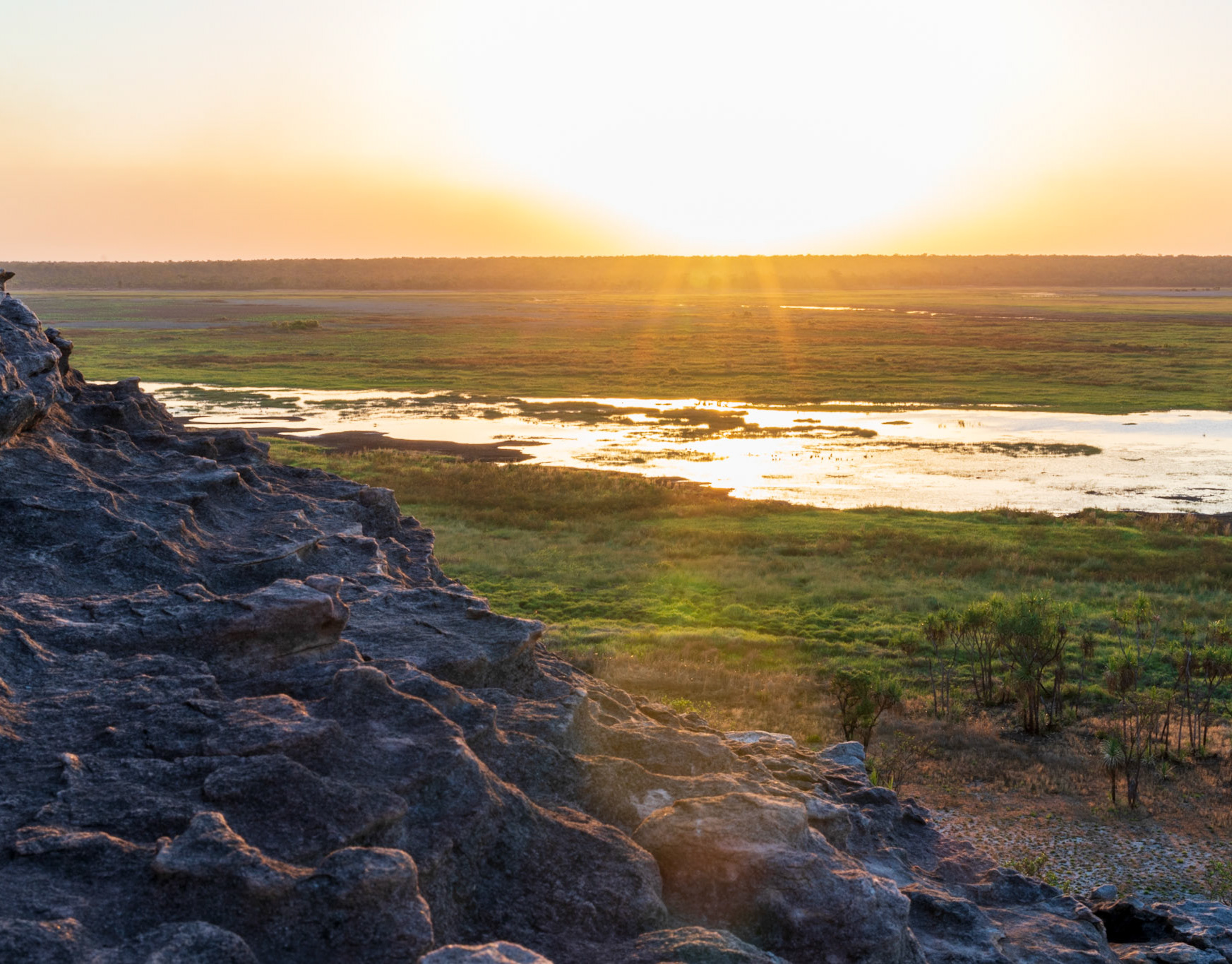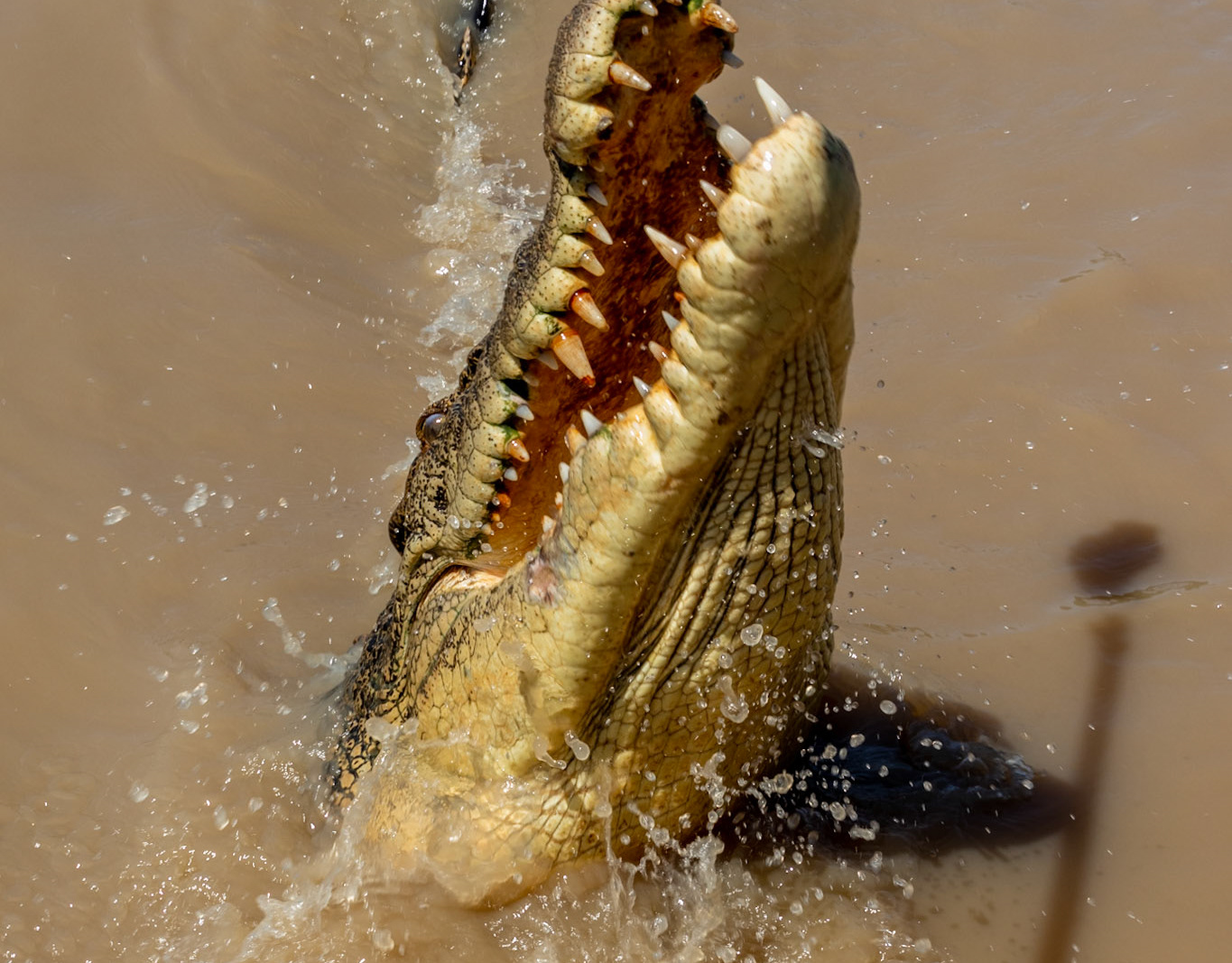Jur-what? The Jura must be one of the most underrated regions of France, often passed over for the chi-chi ski resorts of the higher alps. Located in the Bourgogne-Franche-Comté region and named after the mountain range on the Swiss border of France, the Jura has something to offer everyone. Foodies, hikers, photographers alike can find wonders in this gem of a region. Read on to find out what to do in the Jura, things to eat, and, of course, unmissable photography spots.
The Jura is where we had our first true wildlife photography experience, lying camouflaged in snow and among trees, waiting for our targets to appear. We had an unforgettable time venturing out on a wildlife photography workshop with Fabien Gréban , a very talented wildlife photographer specialising in the wildlife of the Jura.
Here are a few of our favourite shots, but you can see the full gallery here .
Here are a few of our favourite shots, but you can see the full gallery here .
We will never forget waiting for the stoat while lying in the snow and the sleet for hours, or silently following the pawprints of a forest cat. It reinforced how important it is to have an intimate knowledge of the habits of your subjects, but above all, the patience to wait for nature to do its magic. Thanks, Fabien, for an extraordinary experience.
Hiking in the Jura
Lakes and waterfalls
Most people know the Jura as a mountainous region, but did you know that it also has some of the most magnificent lakes and waterfalls in France? If you’re feeling particularly athletic, there is a 150km hike which covers the many lakes of the region (Antre, Etival, Bonlieu, Chalain, Chambly, Clairvaux, Ilay, Narlay, Vouglans, just to name a few).
We visited the Cascade de Syratu, which was stunning in its full winter flow:
You can find a map of the magnificent waterfalls in the Jura here
Beautiful villages
Adorable villages nestled within dramatic granite cliffs, beautiful lakeside towns… the Jura has it all. We visited Mouthier-Haute-Pierre, known for being one of the most beautiful villages in France. Those up for a small hike should consider visiting La Roche de Hautepierre, from which you can get a panoramic view of the surrounding mountains and the valley below.
Comté of the Jura
Ask any French person and the Bourgogne-France-Comté region would be known for… well, comté. Comté is an AOC cheese (appellation d’origine contrôlée), which means that it can only be produced in the regions Ain, Doubs, Jura, Saône-et-Loire and Haute-Savoie, and its production must follow strict rules. Comté has the highest production of all French AOC cheeses and is truly beloved both in France and internationally.
Where better to learn about—and taste—delicious comté, than at the producers’? There are around 150 fruitières all over the region, which collect milk from the farmers of the region and begin the process of making comté [link to Comté website]. Once the cheese has been put into moulds, the cheese is then sent to cheese aging cellars (caves d’affinages), where they will mature for at least 4 months (but mostly much longer).
We visited two comté cellars, Fort de Saint-Antoine and Fort des Rousses. Each had magnificent barrel vault ceilings, and could really be termed a “cathedral of smells”. Nope, not the smell of cheese, but ammonia, one of the by-products of cheese maturation!
In Fort de Saint-Antoine, we got a presentation by an experienced cheesemaker, in which he tapped on comté to determine maturity. Both cellars offered comté tastings (yes, please!) and you could decide for yourself which maturity you preferred.
The Comté website provides an actual “Comté route”, where you can discover a whole itinerary of all the producers involved in the making of comté, from farms to maturation cellars. A must-do for cheese lovers.
We had a truly incredible time in a beautiful part of France, and hope that you found this article of recommendations useful. Feel free to write to us on the Contact Me page if you have any questions!

